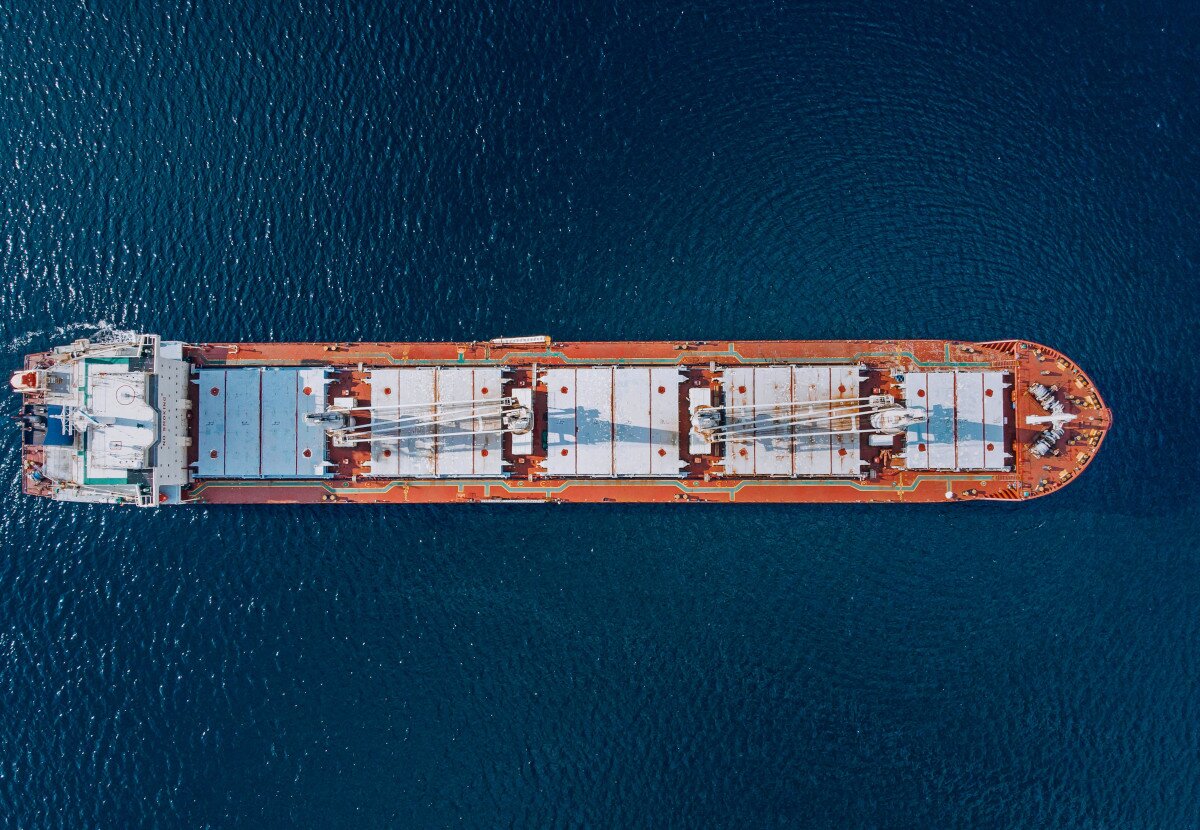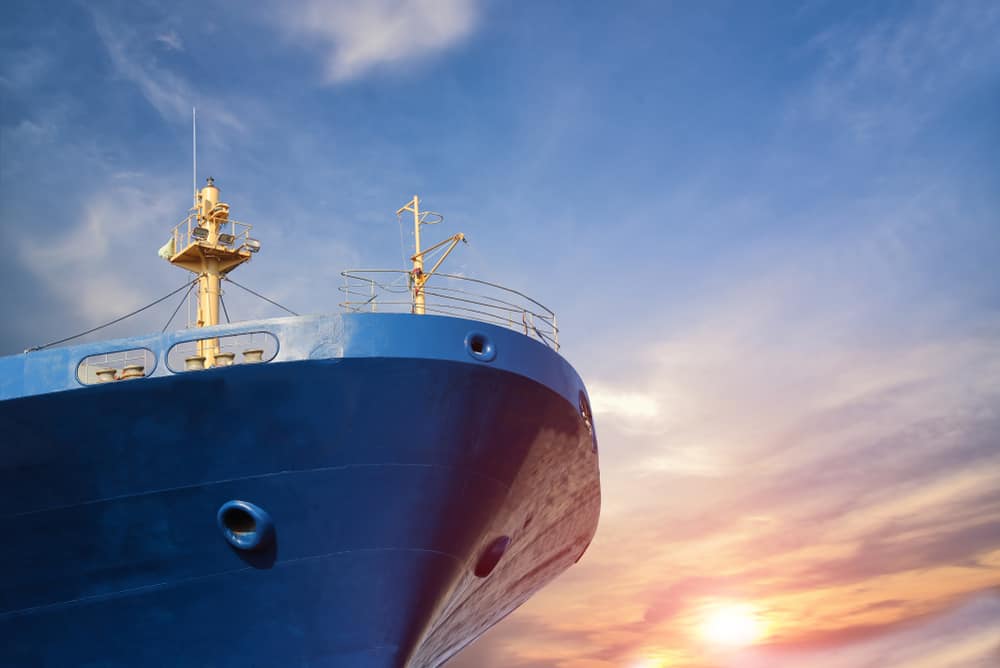The European Commission has issued two technical guidance documents to help EU Member States tighten control over fishing-vessel engine power, a key measure for managing fleet capacity and preventing overfishing.
The documents explain how to certify and verify engine power and outline technical specifications for onboard devices that will record power data continuously in real time.
Under Regulation (EU) /2842, which revises the EU Fisheries Control Regulation, continuous engine-power monitoring becomes mandatory from 10 January 2028 for designated high-risk catching vessels.
The Commission is urging Member States to begin implementation immediately so that systems, certification processes and data flows are operational before the deadline.
The new guidance covers harmonised procedures for monitoring, certification and verification, as well as specifications and operational instructions for real-time recording equipment.
It was published on 10 October 2025 following the release of the underlying documents in early September 2025.
The Commission said the guidance responds to weaknesses found in earlier assessments and to Member States’ requests for practical instructions.
It aims to ensure consistent enforcement standards across the EU. Manipulating monitoring devices is classified as a serious infringement under the revised control framework.
Engine power, measured in kilowatts, is one of the parameters that define national fleet capacity alongside gross tonnage.
The Commission underlined that accurate, tamper-proof data are essential to keeping fleets within legal limits, maintaining fair competition and reducing the risk of overfishing due to undeclared modifications or excessive propulsion power.
The European Commission is the executive arm of the European Union. It drafts and enforces EU legislation, manages the bloc’s policies and budget, and ensures compliance with EU law by Member States. The Commission also represents the EU internationally in areas such as trade and environmental policy.



